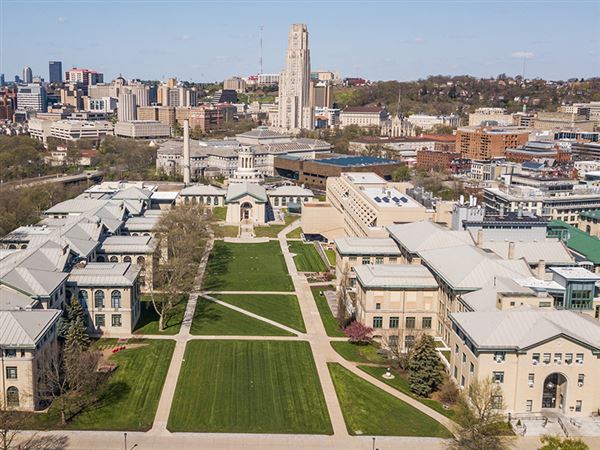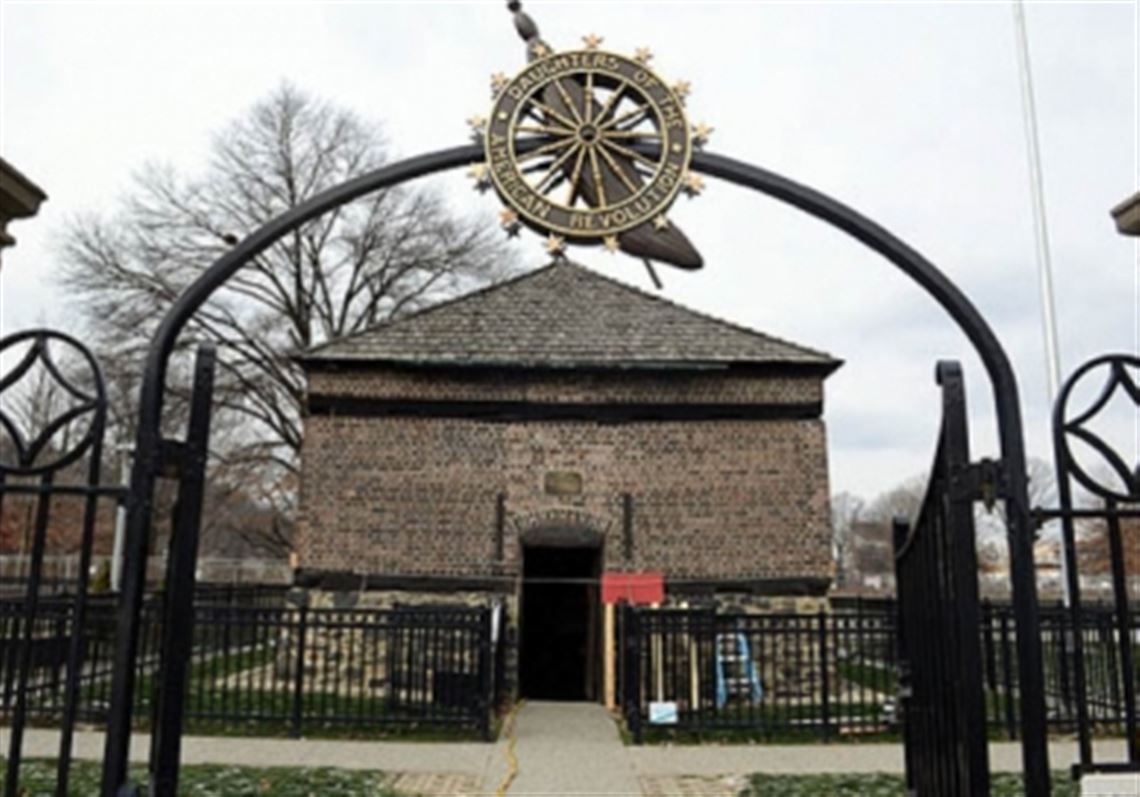More than 250 years after its construction, the Fort Pitt Block House remains the oldest structure in Pittsburgh and a reminder of our region’s pivotal role in shaping America.
At the height of the French and Indian War in 1758, British troops under the command of Gen. John Forbes successfully captured the Forks of the Ohio from the French. With strategic control of the three rivers within their grasp, the British built Fort Pitt — in honor of British Secretary of State William Pitt — as one of the largest and most elaborate forts in North America.
Near the end of the French and Indian War, British military leaders identified the need to reinforce its defense against potential American Indian attacks. After Pontiac’s Rebellion and the siege of Pittsburgh, the British built the Fort Pitt Block House in 1764 along with four additional redoubts to support the fort.
Following the first shots of the American Revolution a decade later, the Continental Army utilized Fort Pitt as its western headquarters, with the Block House serving as a trading post.
The end of the American Revolution brought the demolition of Fort Pitt and the sale of Pittsburgh’s Point to Maj. Isaac Craig, who utilized the Block House as part of his family home. Although the U.S. Army officially decommissioned Fort Pitt in 1792, the Block House served as single-family and tenement-style housing for more than 100 years.
Since 1894, the site has been under the stewardship of the Fort Pitt Society of the Daughters of the American Revolution, who have preserved and lovingly cared for the Block House.
Today, the five-sided two-story structure consisting of bricks, limestone and wood remains the only surviving above-ground structure of Fort Pitt. As the oldest architectural landmark in our region, the Fort Pitt Block House stands strong with the neighboring Fort Pitt Museum as an important reminder of life in Pittsburgh 250 years ago. For more information, visit www.heinzhistorycenter.org/fort-pitt.
First Published: November 3, 2016, 4:00 a.m.
















